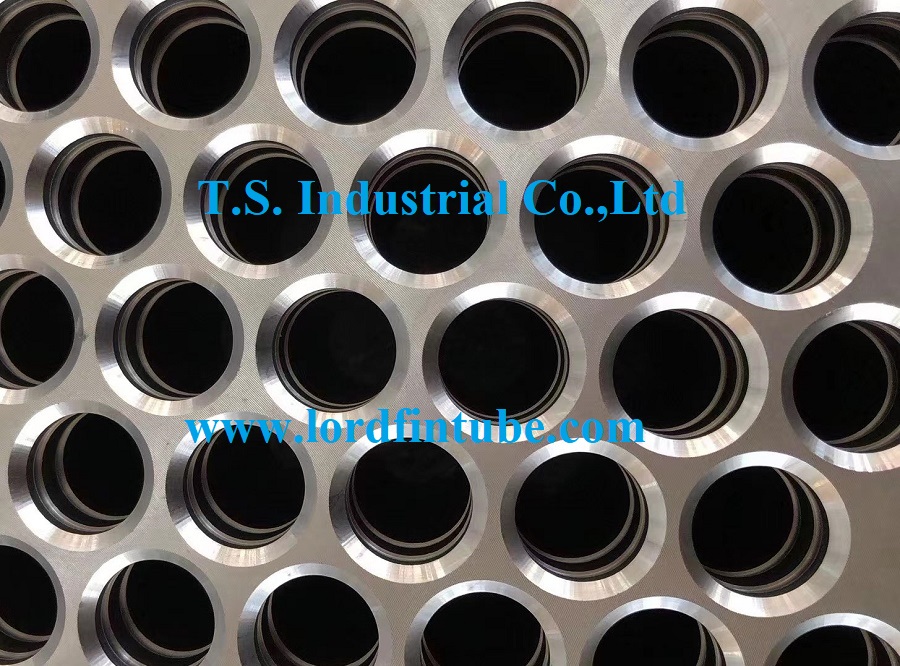How to drill the tubesheet?
The tubesheet is usually made of a circular flat plate with holes drilled in it to make the position and shape of the tube or tube accurate with respect to each tube. That tubesheet is used to support and isolate pipes in heat exchangers and boilers or to support filter elements. The tubes are connected to the tubesheet by hydraulic or roller expansion.
The tubesheet can be covered with coating material, which is used as anticorrosive coating and insulator. Low carbon steel sheet can include a layer of higher alloy metal bonded to the surface to provide more effective corrosion resistance without the use of solid alloy, which means it can save a lot of cost.
How to drill the tubesheet?
1. Tubesheet Design Preparation:
- Create or obtain a CAD (Computer-Aided Design) model of the tubesheet. Ensure the model includes all the necessary specifications such as hole diameter, pitch circle diameter, and tube layout.
2. Tubesheet CAM Programming:
- Use CAM (Computer-Aided Manufacturing) software to generate toolpaths for the CNC machine. CAM software takes the CAD model and generates instructions for the CNC machine to follow.
- Specify drilling parameters such as feed rate, spindle speed, and tool selection based on the material of the tubesheet and the diameter of the holes.
3. Tubesheet Workpiece Setup:
- Secure the tubesheet firmly on the CNC machines worktable using clamps or fixtures. Ensure its properly aligned to avoid any inaccuracies during machining.
4. Tubesheet Tool Setup:
- Install the appropriate drill bit or drill tool into the CNC machines spindle. Make sure the tool is suitable for the material of the tubesheet and the required hole diameter.
5. Tubesheet CNC Machining:
- Load the CAM program into the CNC machines controller.
- Execute the program to start drilling the holes in the tubesheet. The CNC machine will move the drill tool according to the programmed toolpaths, accurately drilling each hole to the specified depth and diameter.
- Monitor the machining process for any issues such as tool wear or improper cutting conditions. Make adjustments as necessary.
6. Tubesheet Quality Control:
- After machining, inspect the drilled holes to ensure they meet the required specifications in terms of diameter, depth, and position.
- Use measuring tools such as calipers or micrometers to verify the dimensions of the holes.
7. Tubesheet Post-Processing:
- If necessary, deburr the holes and remove any sharp edges using appropriate tools to ensure smoothness and safety.
8. Documentation:
- Keep detailed records of the machining process, including CAM programs, tooling specifications, and quality inspection results, for future reference or quality assurance purposes.
Design of heat exchanger tube sheet
If fluid mixing has to be avoided, double tubesheets can be provided. Tubesheet design is a fairly accurate and complex process; it is necessary to determine the exact number of tubes and calculate the pattern of holes in order to distribute them evenly on the tubesheet surface. Large heat exchangers may have thousands of tubes passing through them, arranged in precisely calculated groups or bundles. Sheet design and production are largely automated by computer software (such as CAD) that performs calculations and tubesheet drilling on computer numerical control (CNC) machines these days.
In this design, the outer tubesheet is located outside the enclosure loop, effectively eliminating the opportunity for fluid mixing. The inner tubesheet is ventilated with the atmosphere, so it is easy to detect any liquid leakage. 

